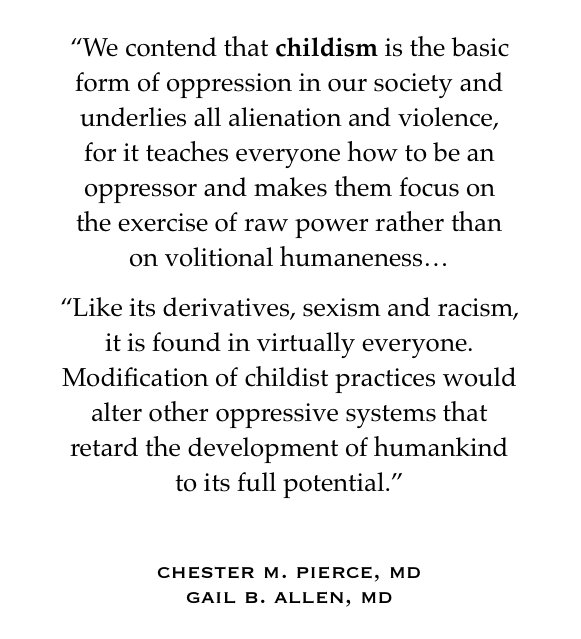In a recent piece on dyslexia, a well-known cognitive scientist states that “we know that (dyslexia) is not simply a delay, a product of the fact that kids develop at different rates.”
danielwillingham.com/daniel-willing…
Okay, this makes sense. Or does it?
1. Those who learn to read ahead of schedule (often before being taught),
2. Those who learn to read on schedule (when the school teaches reading)
Okay, this makes sense. Or does it?
When kids learn to read ahead of schedule, the adults around them (with few exceptions) are beaming with pride and joy. At home, at school, at grandma’s house, these kids are praised, told they’re smart, and made to feel special.
When kids learn to read right “on schedule,” most parents and teachers will be content, proud, and satisfied with them. They are generally comfortable among their peers; they’re “normal.” They belong.
When kids fall behind the school reading schedule, they sense that their parents and teachers are disappointed, frustrated, concerned (no matter how hard you may try to hide it, kids will always sense this.)
It’s an elephant in the room so large that it’s hard to believe they don’t see it. But I guess they don’t.
It’s also, not incidentally, a pretty complete failure of scientific thinking.
If you’re carefully, meticulously measuring & recording every ant & blade of grass & grain of sand, but you’re not measuring the elephant, you're not going to get the right answer to your question.











